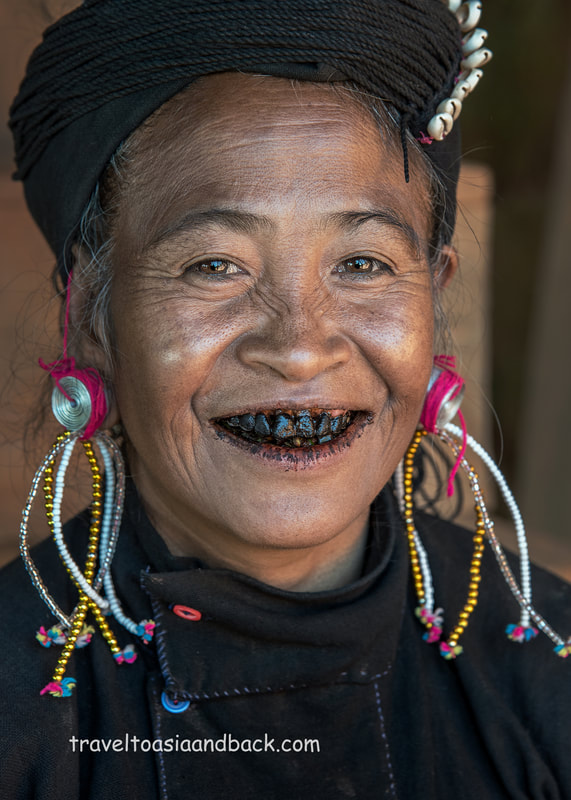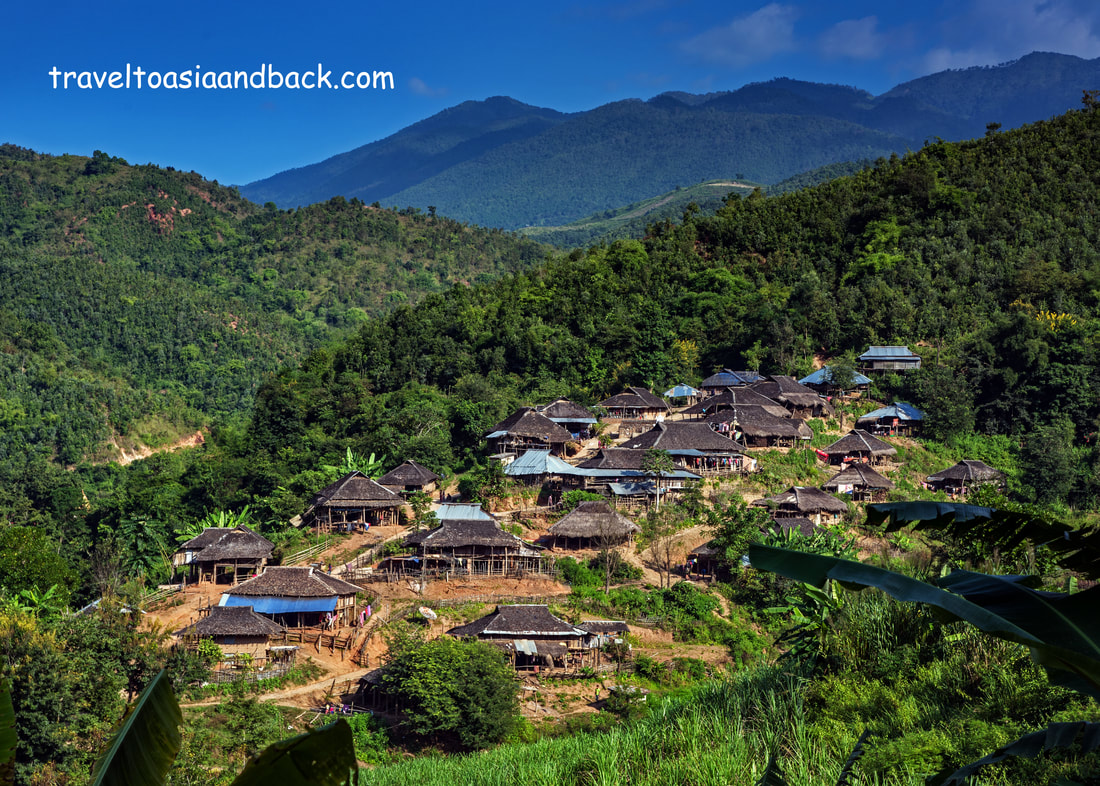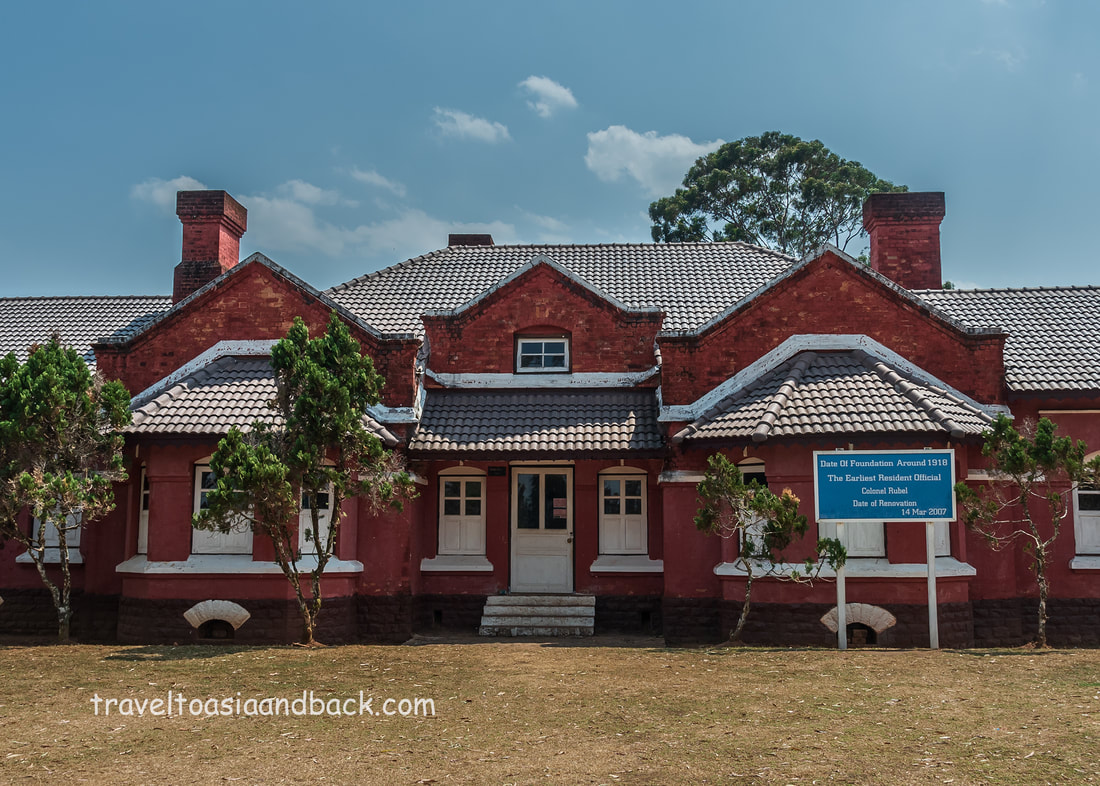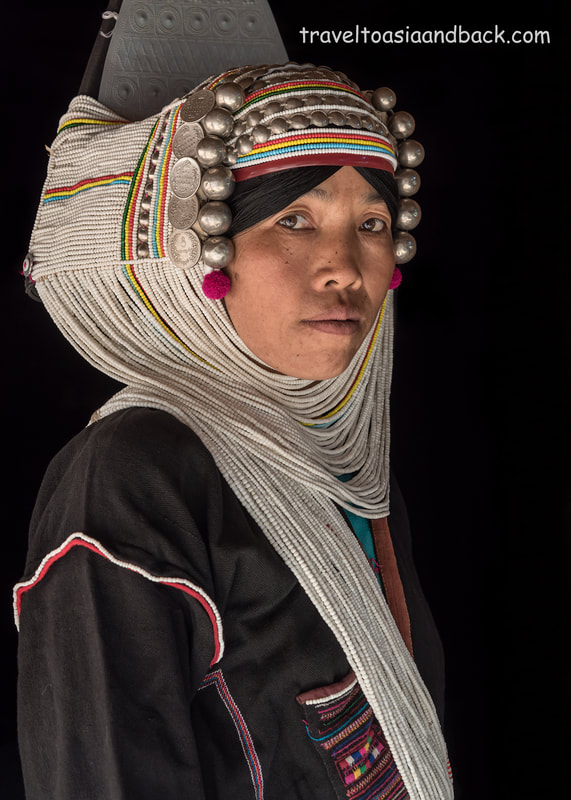Travel Keng Tung
Located in southeastern Shan State, Myanmar, near the borders of China and Thailand, the small town of Keng Tung was once known as the capital of the infamous Golden Triangle opium producing region. However, today’s travelers are drawn here due to its proximity to remote ethnic villages nestled amongst the rolling hills and valleys of the Daen Lao Mountain Range. The area is home to a number of minority ethnic groups including the Akha, Akhe, An (Eng), Lahu, Lishaw, Loi and Wa. Primarily subsistence farmers, villagers work the soil using only simple handmade tools and beasts of burden such as the strong and gentle water buffalo, much as their ancestors have done for centuries. The hard working people of this region live simple lives well below what westerners consider to be “the poverty line”. The hill people are generally warm and friendly and seem to welcome the adventurous travelers who venture to this remote region.
Due to government imposed travel restrictions, Keng Tung is somewhat isolated from the rest of the country. Presently independent overland travel is only permitted between Keng Tung and Tachileik, a small city situated on the border with Thailand. Visitors who wish to travel between other popular destinations in Myanmar, Heho or Mandalay for example, must do so by plane. Like all domestic flights in this fascinating nation, they tend to be relatively expensive. Because of the expense and perceived difficulty in reaching the area, Keng Tung remains off the beaten path. Stroll around the city center and you are unlikely to encounter more than a handful of western travelers.
Things to do in Keng Tung
Although there are a few sights to see in town such as the daily morning market and a number of ornate Buddhist pagodas, trekking to outlying hill tribe villages is the area’s primary attraction. There are at least ten villages which can be reached from the city center. Traveling to these isolated villages requires driving anywhere from forty minutes to three hours followed by another forty minutes to three hours of trekking up steep narrow paths into the mountains. A motorcycle is a practical option if one wants to shorten the trekking legs of the journey; a sturdy two wheeler can negotiate trails that are far too narrow for a car.
Many of the different ethnic groups in this region live in close proximity to one other. This allows trekkers to visit and learn about several unique cultures in the same outing. With our guide serving as an interpreter, the villagers we met were more than happy to have a chat, often inviting us into their simple homes for tea and snacks. When we asked permission to take photographs most folks were happy to honor our request. In return for their hospitality and warmth we purchased some lovely and very inexpensive locally produced handicrafts.
It is our understanding that the use of local tour / trekking guide is mandatory to venture into the rural areas outside of the city. Presently there are no home-stays or any type of accommodations in the villages; overnight stays are prohibited. English-speaking guides can be hired in the city for $25 USD per day. Transportation is extra and the cost varies a great deal depending on whether one chooses to travel by motorcycle, car or van.
Many of the different ethnic groups in this region live in close proximity to one other. This allows trekkers to visit and learn about several unique cultures in the same outing. With our guide serving as an interpreter, the villagers we met were more than happy to have a chat, often inviting us into their simple homes for tea and snacks. When we asked permission to take photographs most folks were happy to honor our request. In return for their hospitality and warmth we purchased some lovely and very inexpensive locally produced handicrafts.
It is our understanding that the use of local tour / trekking guide is mandatory to venture into the rural areas outside of the city. Presently there are no home-stays or any type of accommodations in the villages; overnight stays are prohibited. English-speaking guides can be hired in the city for $25 USD per day. Transportation is extra and the cost varies a great deal depending on whether one chooses to travel by motorcycle, car or van.
Loi Mwe Hill Station
Located just off of Highway 4, 30 kilometers (18 mi) south of Keng Tung City is the former British Hill Station Loi Mwe. Translated from the Shan language, Loi Mwe means misty hill or mountain. Perched at an altitude of 1600 meters (5250 ft) The British established the small town in 1918 as a retreat for colonists looking to escape Burma’s intense summer heat and humidity. A handful of colonial-era buildings including the former Governor’s residence and the post office still stand and are in relatively good condition. Surprisingly, the old post office building is still in use to this day. The station is now part of the Loi Mwe Protected Area, a nature reserve created in 1996 that covers 41.35 km² (16 mi²).
Travel to Keng Tung
Currently, government imposed travel restrictions do not allow foreign nationals to travel overland to Keng Tung from anywhere other than Tachileik. For most visitors, domestic air travel is the only option.
Located six kilometers from the town’s center, Keng Tung airport (KET) connects the city with Mandalay and Heho.
Myanmar National Airlines operates flights between Mandalay and Keng Tung on Tuesdays and Fridays. Flights between Heho (HEH) and Keng Tung are available on Mondays, Wednesdays and Fridays.
The only possible overland traveler’s route involves crossing the border from Mai Sai, Thailand and taking a bus from Tachileik, Myanmar. The 155 kilometer trip up Highway 4 takes just under five hours and costs 12,000 MMK. It should be noted that to enter Myanmar foreign nationals must have a tourist visa issued from a consulate or embassy or obtain an e-visa from the government’s official web site.
Located six kilometers from the town’s center, Keng Tung airport (KET) connects the city with Mandalay and Heho.
Myanmar National Airlines operates flights between Mandalay and Keng Tung on Tuesdays and Fridays. Flights between Heho (HEH) and Keng Tung are available on Mondays, Wednesdays and Fridays.
The only possible overland traveler’s route involves crossing the border from Mai Sai, Thailand and taking a bus from Tachileik, Myanmar. The 155 kilometer trip up Highway 4 takes just under five hours and costs 12,000 MMK. It should be noted that to enter Myanmar foreign nationals must have a tourist visa issued from a consulate or embassy or obtain an e-visa from the government’s official web site.




